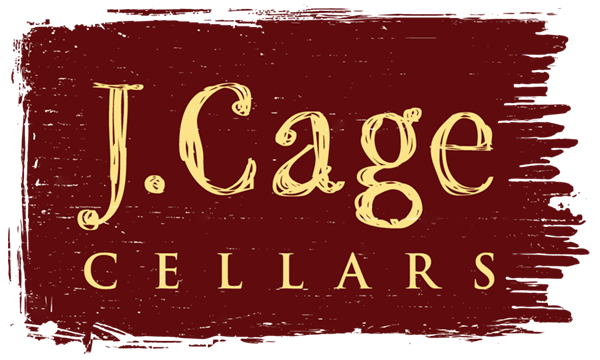Our winemaking is an expression of our desire to explore the microclimates and subzones of Sonoma County. Instead of working with a single site, we prefer to source fruit from a handful of vineyards throughout Sonoma County. Every vintage is, for us, a journey of discovery. Every bottling is an exploration of place.
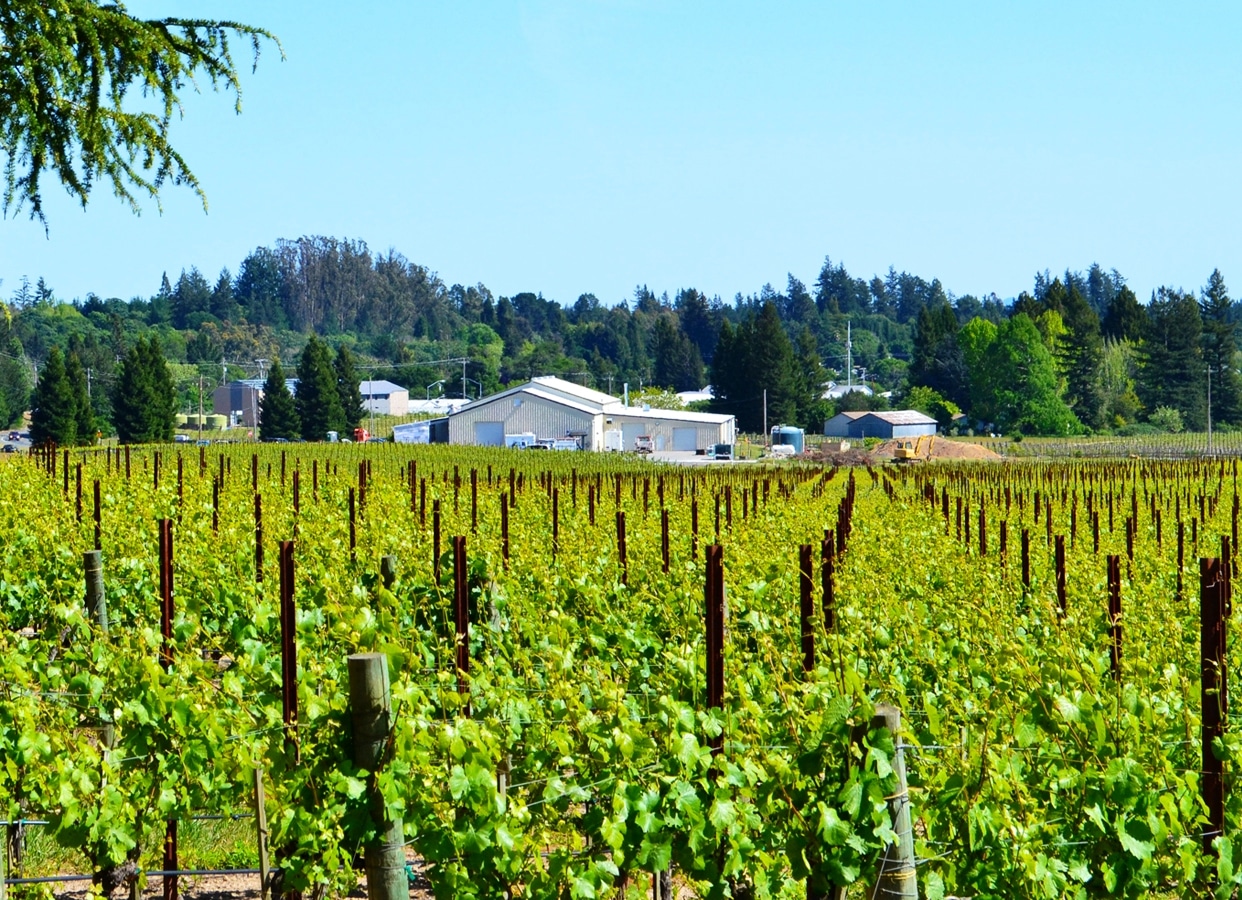
Hallberg Vineyard
Russian River Valley
Formerly an apple orchard, the Vineyard is located in the Green Valley subappellation of the Russian River Valley. The chilly nights and cooling afternoon fogs that characterize this subzone just north of Sebastopol make for wines with mouthwatering acidity.
Hallberg Vineyard has been a California leader in its commitment to dry farming, which not only conserves water but also results in more complex, balanced wines. Without irrigation, the vines develop deeper roots, which allow the fruit to achieve full ripeness at lower sugar levels. We find that the Pinot Noir from Hallberg Vineyard is a bright and elegant expression of the ranch’s fine, sandy, yellow loam, known as Goldridge soil.
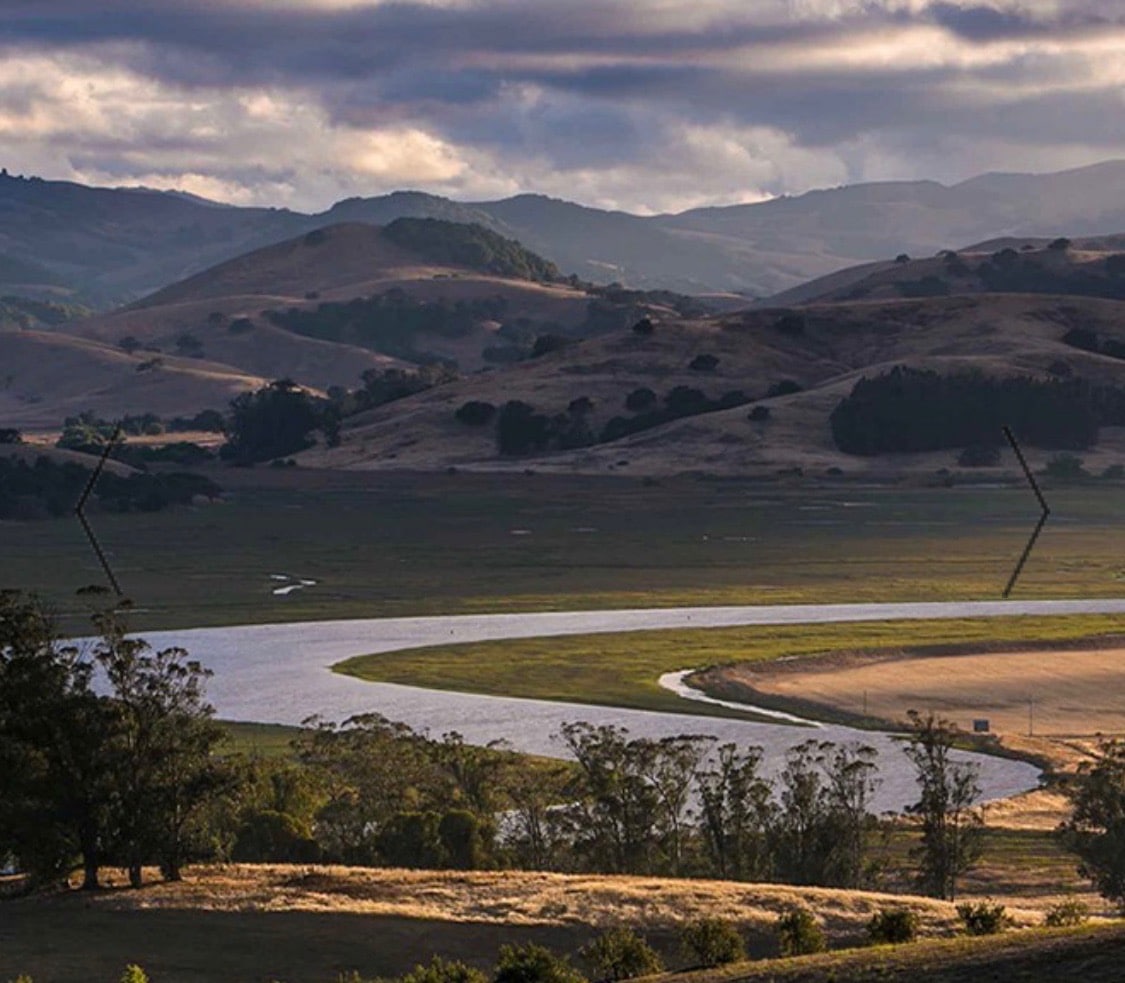
El Coro Vineyard
Petaluma Gap
The 20-acre El Coro vineyard was planted with seven different clones of Pinot Noir. The vineyard sits high on the ridge-top where the vines are more exposed to the winds that bring the Pacific maritime air and fog through the Petaluma Gap. The terroir is defined by a thin loamy clay with a volcanic subsoil. The Pinot Noirs from the El Coro block is very expressive, with beautiful aromatics and great structure that shine through.
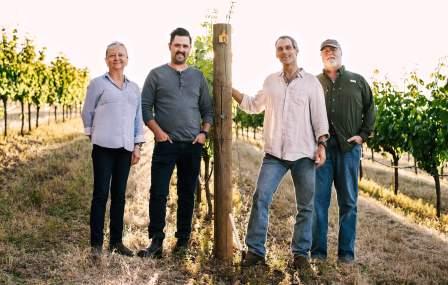
van der Kamp Vineyard
Sonoma Mountain
The van der Kamp family purchased this historic 60-acre homestead on the eastern flank of Sonoma Mountain from their friends, the Cundis, in 1989 and have been farming it ever since. At 1,400 feet, this high-elevation, north-facing site on the eastern slope of Sonoma Mountain enjoys a combination of cool temperatures and bright light, making for dark, structured, intensely perfumed fruit.
The farm includes gardens, an orchard, and hens and chickens, but the star here is the old-vine Pinot Noir plantings in thin loam and volcanic tuff soils that date as far back as the early 1950s. The van der Kamps employ organic and biodynamic practices to grow Pinot Noir that speaks of place.
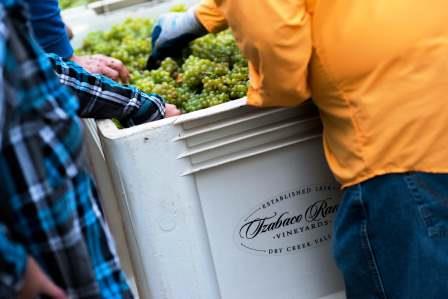
Tzabaco Rancho Vineyard
Dry Creek Valley
Originally part of the 1843 Tzabaco Rancho Mexican land grant, this property just west of Geyserville has been farmed by the Phillips-Schmidt family for more than 160 years. We have chosen to source our Sauvignon Blanc from this iconic Dry Creek Valley site because we love the juicy and aromatic character of the fruit. It makes an irresistibly thirst-quenching white wine that takes on a soft plushness when partially aged in neutral French oak.
We are very lucky to also have access to Chardonnay grapes grown on the adjoining home vineyard of Tzabaco Rancho owners, Brian and Janice Schmidt. Lifelong farmer Brian was a founding member of WineGrowers of the Dry Creek Valley, and Janice spent two decades working as Senior Enologist at Jordan Winery. Since 2006, Tzabaco Rancho Vineyards has been a member of the California Sustainable Winegrowing Program.
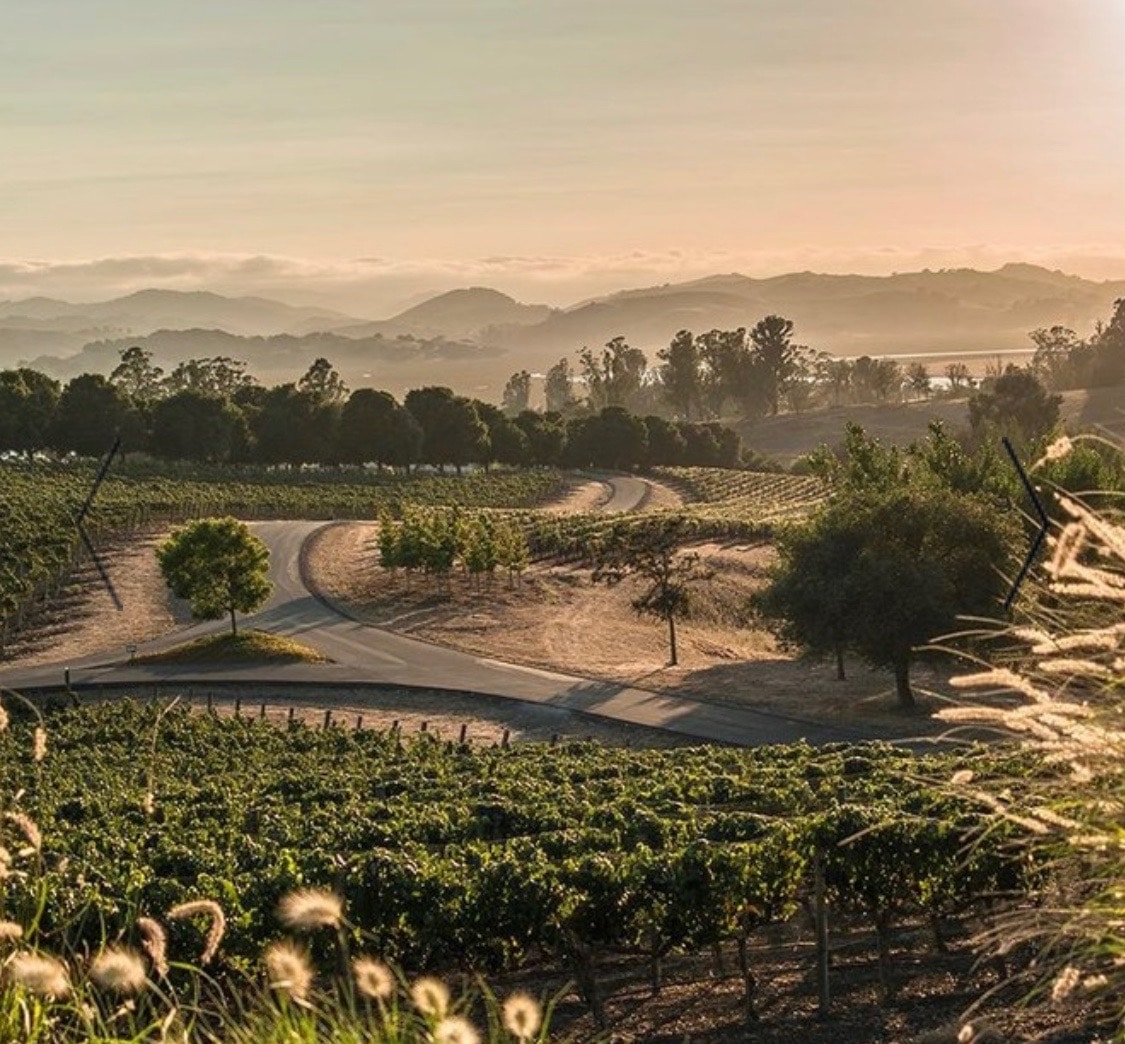
La Cruz Vineyard
Sonoma Coast
Since the planting of La Cruz Vineyard in 1989, Keller Estate has pursued a blueprint of clonal, or grape sub-variety, diversity based on the altitude, orientation and soil composition of each vineyard section. The diversity creates the elements on which to build textures, flavors, aromas, and ultimately complexity into the wines.
J. Cage Cellars chardonnay is sourced from La Cruz Vineyard on the lower hills of the property. The soils here are multi-layered, mineral-ladened clays that were once San Pablo Bay seabeds. This mineral character comes through in all of the wines and is very much a part of Keller Estate’s unique terroir.
